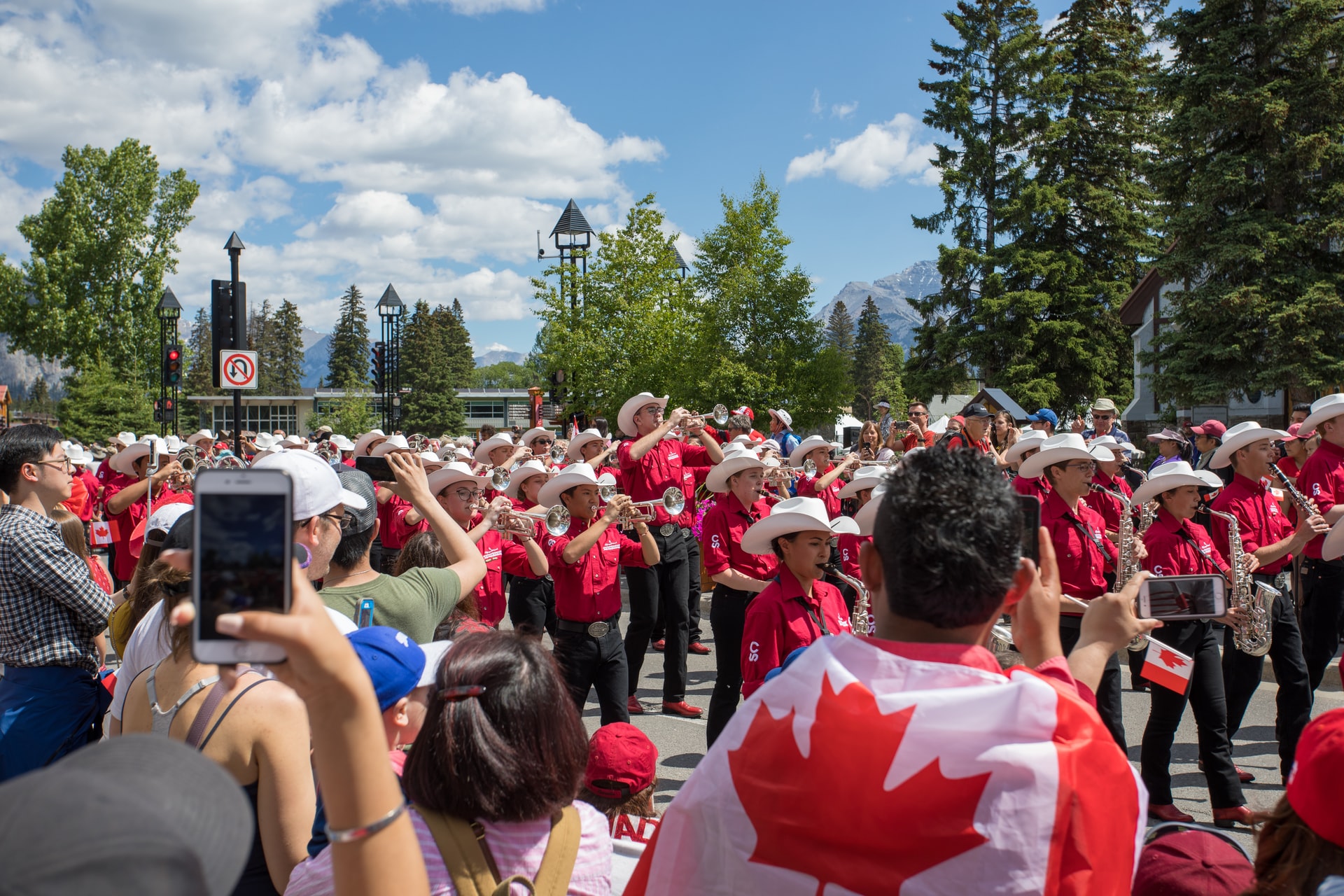People Groups of North America

America’s populace currently comprises workers who showed up throughout the most recent 400 years. Today, as far as both populace and monetary abundance, the mainland is overwhelmed by the US, the most extravagant country on the planet. Toward the north, Canada covers a huge region, yet a lot of it is cold and unfriendly, thus it has a lot more modest populace. The two nations that were once British settlements are still generally English talking. Interestingly, Mexico is Spanish talking, mirroring its past as a Spanish settlement. Mexico is a generally helpless country, notwithstanding its huge oil and gas holds.
Populace circulation
As a rule, North America is perhaps the most scantily populated landmass. More than 66% of the populace lives in the US. Mexico has the following biggest populace, trailed by Canada. All things considered, the eastern US has been the most thickly populated region, yet in the past few decades, many individuals have moved to the hotter southern and western states. In Canada, individuals have additionally left the east coast for the Great Lakes and urban communities like Toronto, or for west coast urban communities like Vancouver.
Individuals of the US
The US is frequently known as a social “mixture” due to every one of the various people groups that make up its populace. The principal bunches are whites (individuals of European plummet) Hispanics, blacks, Asians, and local people groups.
A Continent of Immigrants
There have been many influxes of workers to North America, for the most part from Europe, however from South America and Asia, as well. Not every person decided to go. The present dark Americans are slipped from African slaves who had to the US between 1619-1808 to chip away at manors. Bondage was not nullified in the US until 1865. Today, African Americans are an indispensable piece of American culture, from governmental issues to sports.
Canadian culture
Canadians frequently show their particular maple-leaf banner outside their homes. They are extremely glad for their country with its vast areas, lakes, mountains, and broad public and common parks. Be that as it may, there is generally the issue of US diversion and culture flooding across the line and overwhelming the Canadian character. To support Canada’s own social turn of events, the public authority gives awards to human expression, and the telecom, distributing, and entertainment worlds.
Local people groups
Local Americans are the relatives of individuals who presumably relocated from Asia through a land span across the Bering Strait around 20,000 years prior. Today, local people groups structure just a little to the extent of the number of inhabitants in the US and Canada. In the US, numerous Native Americans were moved onto extraordinary reservations in the nineteenth century as pioneers assumed control over their territories. In Mexico, local people groups, similar to these Maya, structure around 30% of the populace and are spread all through the country.
Great Neighbors
There has not been a conflict between the nations of North America for almost 150 years. As of late, Canada, the US, and Mexico consented to nullify exchange hindrances and open their business sectors to one another’s products. The full impacts of this understanding are yet to be found, however Mexican specialists like these ranchers have as of now missed out, as less expensive US food and products have overflowed into Mexico. By
in contrast, less expensive food can help poor people.
European pioneers
Europeans have been getting comfortable in the US and Canada since the sixteenth century, however in the nineteenth century, settlers started to flood in. They were regularly determined from Europe by financial difficulty, political turmoil, and strict abuse. North America was viewed as a place that is known for new chances at life, where there was a lot of modest land and individuals were guaranteed opportunity. The main foreigners chose the east coast, yet started to move to the upper east during the 1800s as industry developed.
Central states
Every one of the three nations in North America have bureaucratic frameworks of government. This implies that every nation is partitioned into various states or territories. These make their own nearby laws and furthermore have agents in the public government. Pressure now and then creates between the interests of the singular states or areas and the interests of the country overall. In Canada, for instance, a solid freedom development has experienced childhood in the French-talking territory of Quebec.